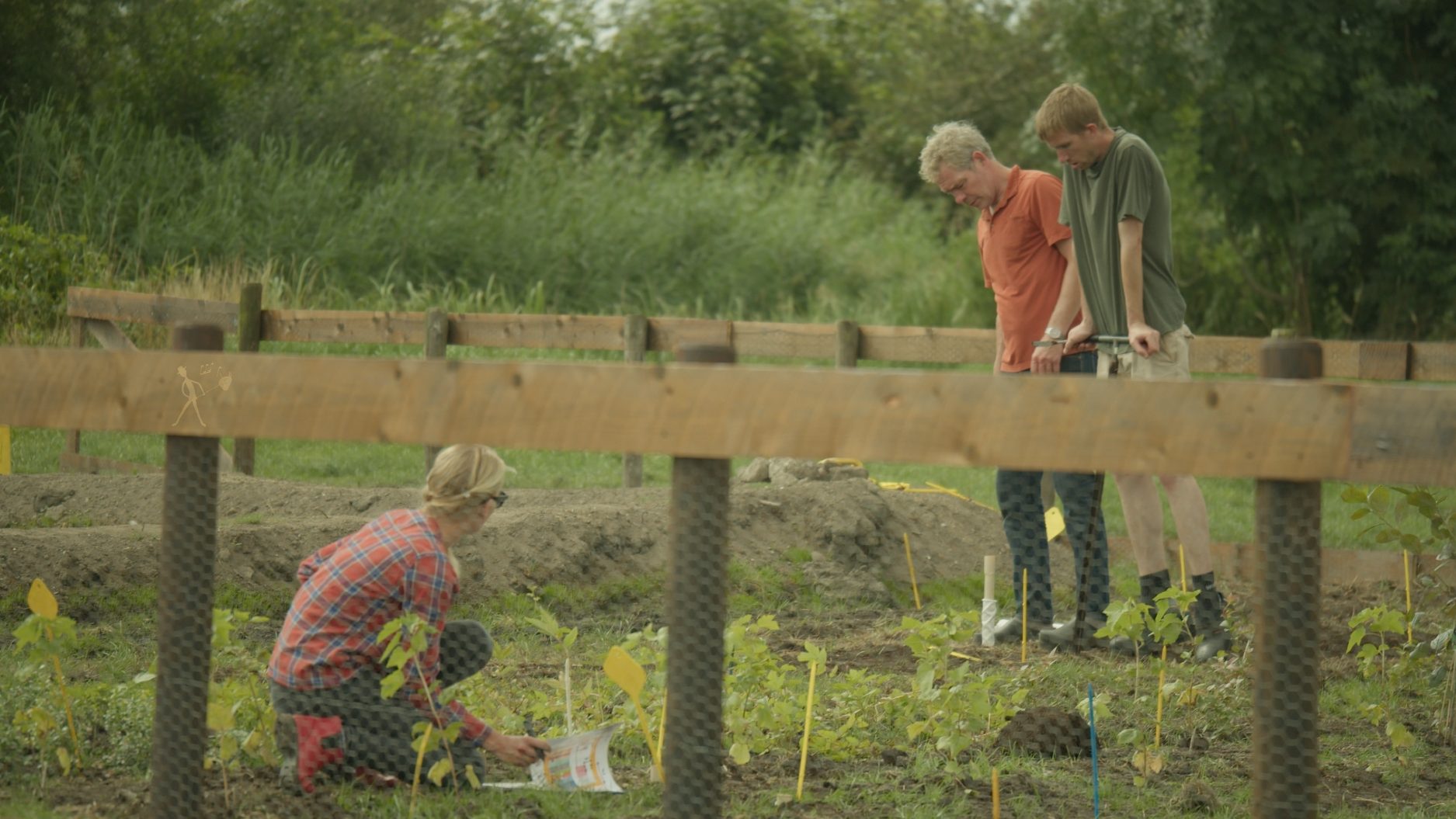Peat soil and arable farming
Peat is formed when plant material does not fully decay in acidic conditions. As it accumulates, the peat holds water. This slowly creates wetter conditions that allow the area of wetland to expand. Because peatlands are natural carbon stores, they play a vital role in regulating the earth’s climate. It stores billion tonnes of carbon worldwide, preventing it from being released to the air as carbon dioxide. In many parts of the world peatlands are drained in order to make them usefull for agriculture and forestry. When drained, peat oxides since it is contact with the air. In this way peatlands become net sources of greenhouse gas emissions, being one of the largest emitters after crop and livestock agriculture.
The wise use of peatlands must include the avoidance of unacceptable ecological effects on the contiguous and global environment.
Peatlands: exploration of farming food crops on peat soil
An exploratory study into peat food has been started at KTC Zegveld.
Here they investigate which kind of food crops could be suitable for peat meadows and whether this can be made profitable. Experiments are carried out in the peat garden with different crops at different water levels.
(to view this film using the YouTube-app, please click here)


















